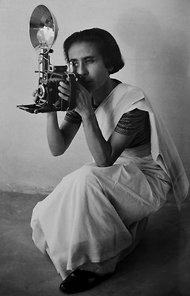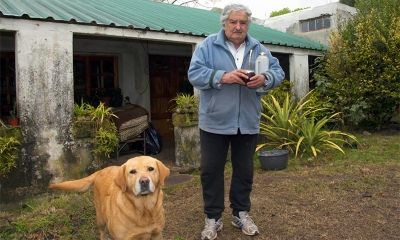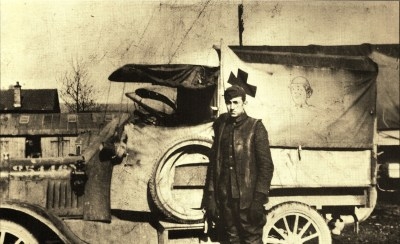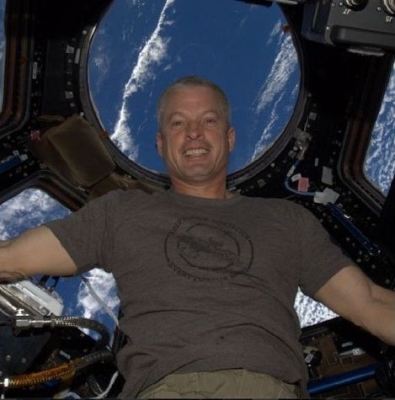How Homai Vyarwalla got her nickname Dalda Tin?
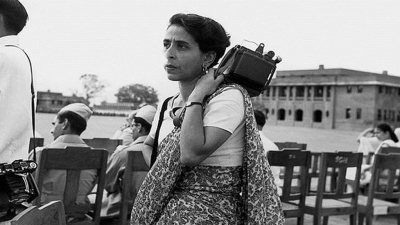
The country's first ever woman photojournalist, Homai was a trendsetter who lived by her own rules. The only woman in a field peopled by men, there has hardly been a newsworthy event that has not been captured by her lens. And scarcely any political heavyweight in India who has remained untouched by her camera-be it Mahatma Gandhi, S Radhakrishnan, Sardar Patel or Pandit Nehru, one of her most favourite subjects.
Born in Navsari in 1913 to parents who were part of a travelling Parsi-Urdu theatre company, Homai's first few years were spent travelling with the company until her mother decided to settle in Mumbai so that the children could get a decent schooling.
When she met and married Manekshaw, her husband was working with The Times of India doing accounts. But his passion was photography and he indulged it in his spare time. Most of his photos were accepted by the Times and The Illustrated Weekly of India. It was here that Homai's interest in photography was first kindled. She began to use her husband's Rolleiflex, which was presented to him by a friend. Much later, she also used the Speedgraphic (also called Pacemaker). "These two cameras were used by photojournalists all over the world," Homai explains.
Homai says she made it a point to always be formally dressed whenever she was on assignment.
"Much, much later, after I had torn too many sarees with other photographers stepping on them that I began to wear salwar kameezes," she explains. The decision to dress formally was as deliberate as the decision to stay aloof from the subjects she was photographing. "I always did my work and moved out. In fact, many times I did not even greet my subjects. I knew I was working in a man's world in an orthodox society. So I developed this 'stern' persona so nobody got any wrong signals." However, she was certainly recognised by most people she photographed. Once she had to travel out of Delhi to photograph Pandit Nehru at an official engagement. "He saw me and asked, 'Tum yahaan bhi aa gayi?' she laughs.
Since most of her snapshots caught her subjects in candid moments and exuded warmth, many people felt that she must have been on very friendly terms with the high and mighty. Nothing could have been further from the truth! Also, could she solve this engaging mystery about the phrase 'Dalda tin' that had become part of her professional identity? She laughs heartily, "That was a misinterpretation by Monica Becker, who has made a documentary on me. My Fiat's license number was DLD 13 that sounded like Dalda tin and the phrase just stuck to me." After 30 years of snap shooting, Homai decided to call it a day in 1970. She packed away her cameras, put away a vast collection of negatives and prints and has never clicked a photograph since. Why this dramatic decision? "The atmosphere had changed considerably," she explains.
Credit : India Today
Picture Credit : Google
